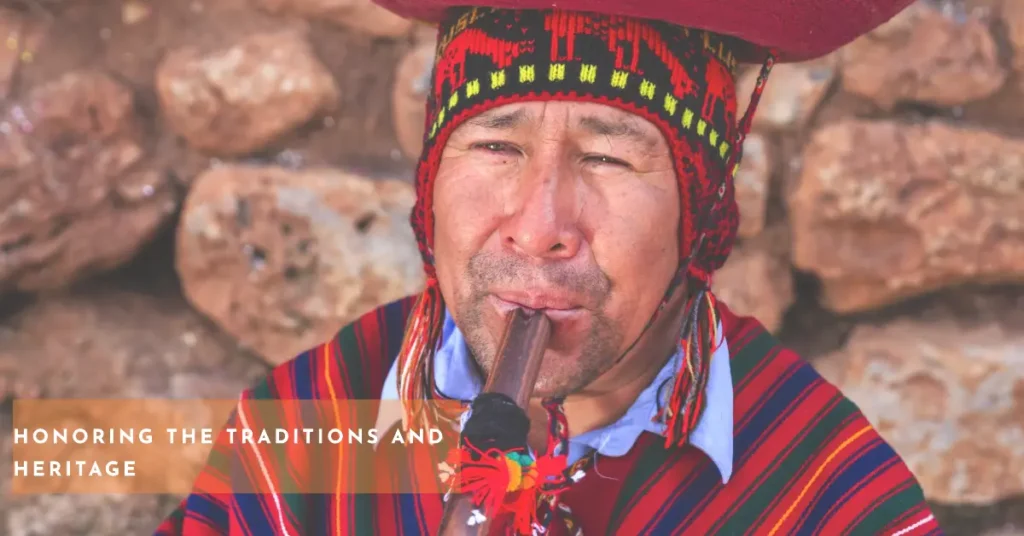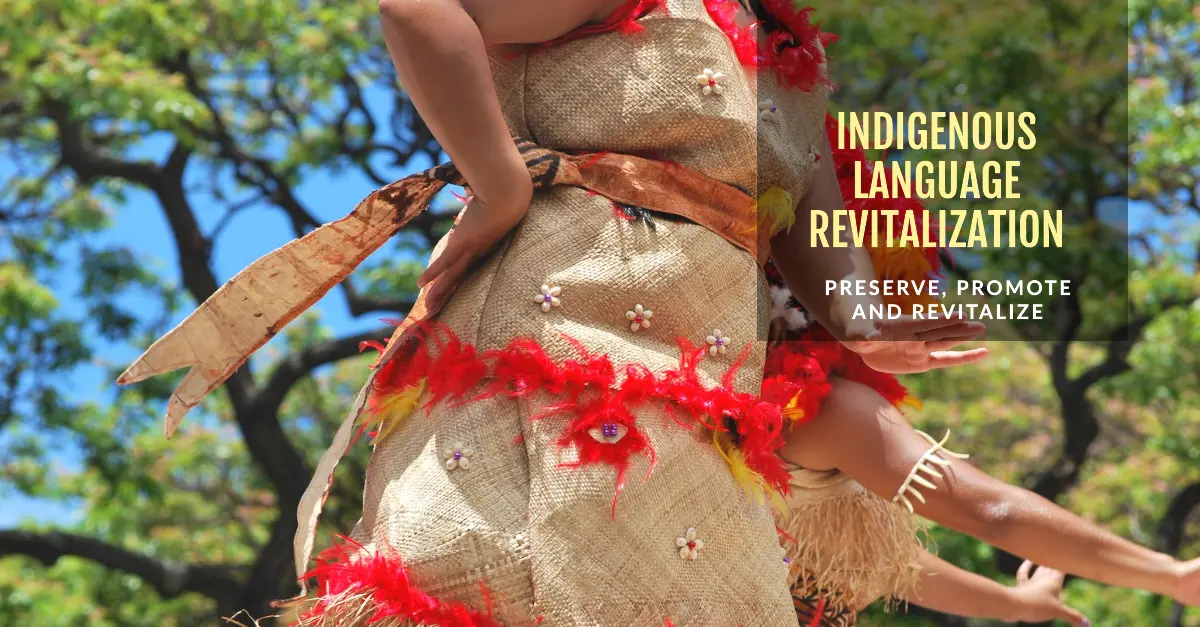Indigenous Language Revitalization
Imagine a language, a vibrant tapestry woven with stories, songs, and wisdom passed down through generations. Now, imagine that tapestry fading, threads fraying, and the whispers of the past slowly growing faint. Unfortunately, this is the reality for many Indigenous languages worldwide. However, a powerful movement is rising, driven by the passion and determination of communities to reclaim their linguistic heritage and breathe new life into their endangered tongues.
The Alarming Decline: A Legacy Under Threat
With over 7,000 languages spoken across the globe, UNESCO estimates that half could disappear by the end of the 21st century. This alarming statistic reflects a complex interplay of historical and contemporary factors. Colonialism, forced assimilation policies, and the dominance of dominant languages have systematically marginalized and suppressed Indigenous languages. As a result, many communities face intergenerational language shifts, where fluent speakers are primarily elders, leaving younger generations unable to converse in their ancestral tongue.
Why there is a need for Indigenous Language Revitalization?
Losing a language is not just losing a means of communication; it’s like losing a vital piece of your cultural identity. Languages are the vessels that carry traditions, stories, and knowledge specific to each community. They act as bridges connecting people to their ancestors, shaping their worldview and sense of belonging. When a language disappears, it takes with it a unique perspective on the world, a rich repository of cultural nuances, and a connection to the land and its history.
The Spark of Hope: Indigenous Language Revitalization Efforts Ignite
In the face of dwindling fluency, Indigenous communities around the world are actively engaged in language revitalization efforts. These initiatives take various forms, some focusing on documentation and archiving, meticulously recording existing knowledge and vocabulary. Others are establishing immersion programs, creating safe spaces where children can learn their ancestral tongue from fluent elders through everyday interactions and traditional activities. Additionally, technology is playing a crucial role, with the development of online language learning platforms, mobile apps, and dictionaries helping to make language learning accessible and engaging for younger generations.

Documenting and Archiving: Building the Foundation for Indigenous Language Revitalization
In the fight against language loss, documentation, and archiving stand as the cornerstones of Indigenous language revitalization efforts. It’s the meticulous process of capturing a language’s essence – its vocabulary, grammar, pronunciation, and the nuances of its cultural context – before it fades away. This comprehensive record-keeping acts as a vital resource for several reasons:
1. Preserving a Cultural Legacy: Each language carries a unique repository of knowledge, stories, and cultural practices passed down through generations. By meticulously documenting these elements, communities safeguard their heritage for posterity. This ensures that future generations have access to their ancestral stories, songs, and wisdom, fostering a sense of cultural pride and identity.
2. Providing a Foundation for Revitalization: Documented materials like dictionaries, grammar guides, and audio recordings serve as invaluable language learning and teaching tools. They provide a solid foundation for revitalization efforts, allowing linguists and educators to create effective language learning programs and resources for younger generations.
Documenting an Indigenous language revitalization is a collaborative effort, often involving linguists, community members, and elders. Here’s a glimpse into the process:
- Data Collection: This involves recording spoken language through narratives, interviews, songs, and storytelling sessions with fluent speakers.
- Transcription and Analysis: Linguists transcribe the recordings phonetically, capturing the sounds and nuances of the spoken language. They then analyze the data to understand the grammar, vocabulary, and cultural context.
- Archiving: The collected data, along with detailed metadata, is securely archived in digital repositories or libraries for long-term preservation and accessibility.
Challenges and Opportunities: A Path Forward
Indigenous language revitalization is a complex and long-term endeavor. Communities face numerous challenges, including limited resources, fragmented knowledge, and a lack of official recognition. However, hope lies in the resilience and dedication of Indigenous communities. Collaboration with linguists, educators, and policymakers is also crucial, fostering an environment that supports and celebrates linguistic diversity.
Engaging the broader community is another key element. Raising awareness about the importance of Indigenous languages and encouraging individuals to learn a few basic phrases can create a ripple effect of respect and understanding. Each reclaimed word, each fluent conversation, becomes a testament to the enduring spirit of Indigenous cultures, ensuring their continued survival and vibrant presence in the tapestry of human experience.
In conclusion, the journey of Indigenous language revitalization is not merely about preserving words; it’s about reclaiming a vital thread in the rich fabric of human culture. With unwavering determination, innovative approaches, and the support of a global community, we can ensure that the echoes of these languages continue to resonate for generations to come.
Also read: Living Green and Loving It: 5 Ways Sustainable Living Innovations are Revolutionizing Our World
